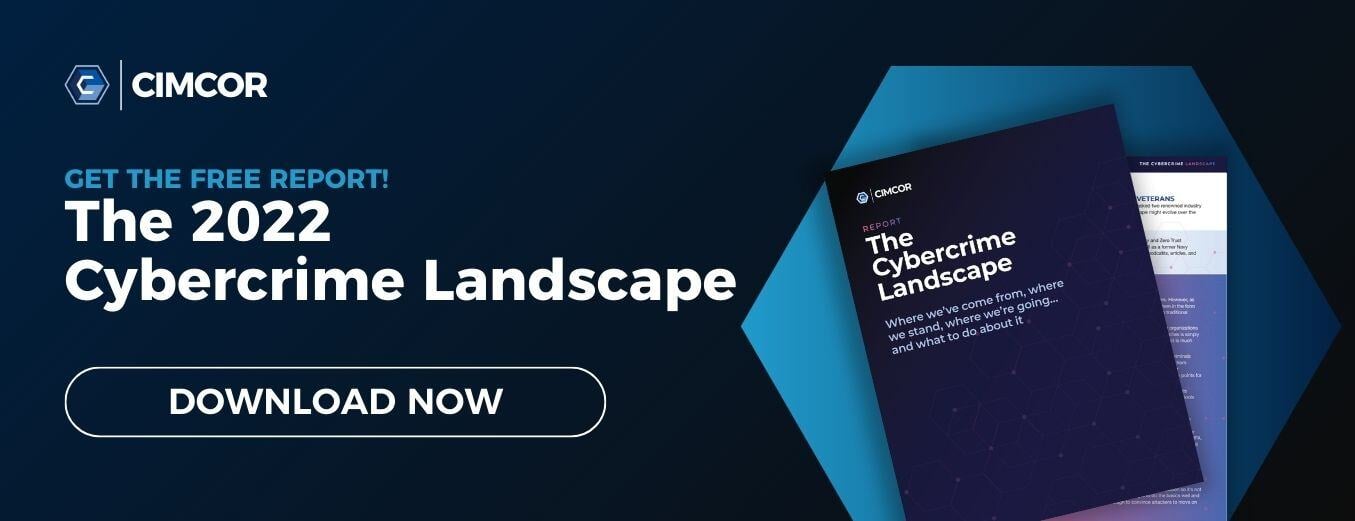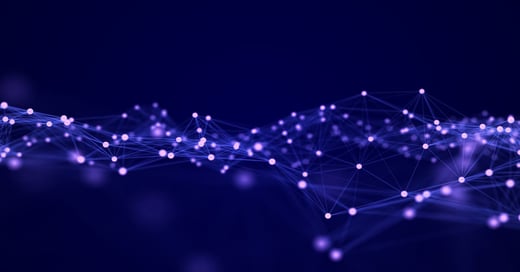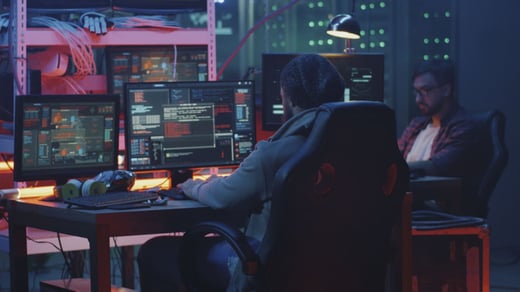Cybersecurity—and particularly cybercrime—has always been a volatile field.
Things can change very quickly, making predicting even the immediate future something of a challenge.
However, while specific technical trends may be hard to see in advance, broader strokes can be anticipated if you have a deep enough understanding of the industry.
This article is the seventh in a series summarizing the findings of our new report:
Today, we’ll hear from a true veteran of the cybersecurity industry, Dr. Chase Cunningham, on where he sees cybercrime heading over the next decade.
Who is Dr. Chase Cunningham?
Also known as Dr. Zero Trust, Chase is a renowned cybersecurity and Zero Trust expert.
He’s currently the Chief Strategy Officer at Ericom, as well as a former Navy Chief Cryptologist and Forrester analyst. Chase releases regular podcasts, articles, and newsletters on Zero Trust and related topics here.
From here, we’ll pass over to Chase to give his predictions, worries, and top tip for cybersecurity teams.
Chase’s Predictions for the Future of Cybercrime
- Mobile threats will rise.
Today, most cyber threats focus on laptops, PCs, and servers. However, as the security profile of these targets rises, attackers will look for softer targets—and they’ll find them in the form of mobile devices. In general, the security hygiene and resilience of these devices are lower than traditional endpoints, making them ripe for attacks such as malware with remote code execution. - Organizations will learn from breaches.
We’re already starting to see this. Once organizations are breached once, they start moving in the right direction because continually responding to breaches is simply too expensive. Most of the time, when organizations are breached a second or third time, the impact is much lower because they have implemented the most important controls. - As cyber defenses harden, some organizations will be left behind.
Cybercriminals don’t waste time on tough targets. They look for easy wins. While I think most organizations will learn from breaches, some won’t, and they’ll be driven into the dust by continuous attacks. Unfortunately, smaller organizations that supply larger organizations will probably suffer, as they will be seen as potential entry points for cybercriminals’ primary targets. - Better controls will lead to more innovative tactics.
Although I expect most threats will remain roughly the same over time, cybercriminals will no doubt develop new ideas, techniques, and tools as organizations improve their cybersecurity posture. It remains to be seen what they’ll come up with, but organizations that have a solid foundation in the basics of cybersecurity will be well-positioned to adapt. - The human vulnerability will be bypassed, not solved.
Most breaches include a human element, but often organizations are tackling this in the wrong way. Organizations need a minimum level of cybersecurity awareness, but the better solution has always been to limit users’ ability to cause damage.
Over time, technology will eliminate the need for programs such as phishing awareness. Steps like segmentation, MFA, better internal processes, locking down unnecessary functions like PowerShell, and enforcing least privilege will greatly limit the impact of social engineering attacks.
What Keeps Chase Up at Night?
While I believe cybercrime can ultimately be managed, my greater concern is state-sponsored influence operations. We’ve already had Russian business leaders admitting to meddling in U.S. elections and saying they will continue to do so. This poses a huge threat to our democracy, and it’s not clear right now how we’re going to solve it.
Top tip: As a defender, the aim isn’t to win, it’s to make the bad guys lose. You need to tip the equation so it’s not worth a cybercriminal’s time to come after your organization. The most important thing is to do the basics well and be a tougher target than the next organization. For the most part, that’s enough to convince attackers to move on and find an easier target.
Final Thoughts: Roadkill or Sitting Pretty?
“As cyber resilience rises, we’ll see very quickly who hasn’t learned their lessons from past security breaches. They’ll be the roadkill other organizations drive past, reminding everybody why it’s so important to get cybersecurity right.”
— Dr. Chase Cunningham, Chief Strategy Officer, Ericom
Get the Full Cybercrime Story
A cybercrime report could be anything from one page to a hundred pages long. As simple as saying, “cybercriminals go where the money is,” or as complicated as digital forensics and malware analysis.
In our new report, we’ve striven for a happy medium that gives insight into current, past, and possible future cybercrime trends without getting bogged down in unnecessary details. We’ve also included the most important steps to protect against cybercrime over the next decade.
Download the report to learn:
- The four most common attack vectors and what they reveal about threat actors’ motivations.
- Why hacktivism and grudge attacks have dropped significantly, and what’s replaced them.
- Why DDoS and destructive malware are so popular with hacktivists, script kiddies, military units, and state-sponsored hacking groups.
- Why statistics don’t tell the whole story regarding internal vs. external attacks—and why that matters when designing a risk-based cybersecurity program.

June 8, 2023




